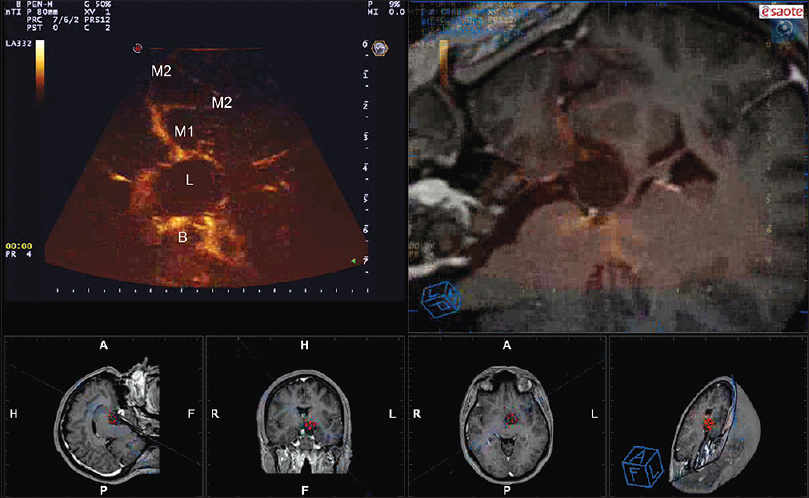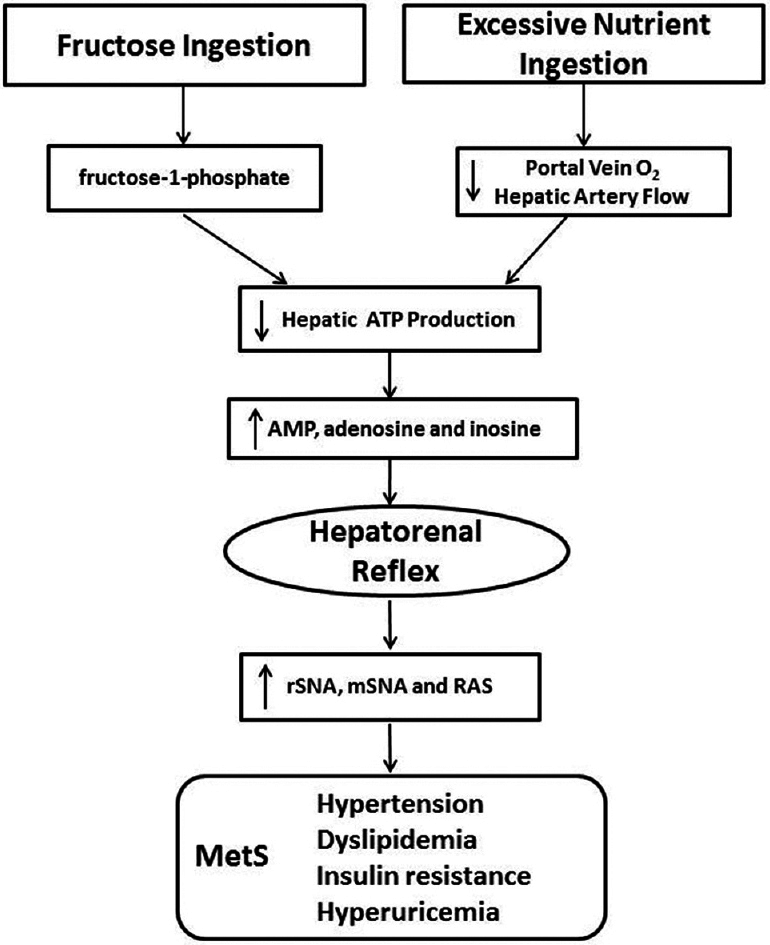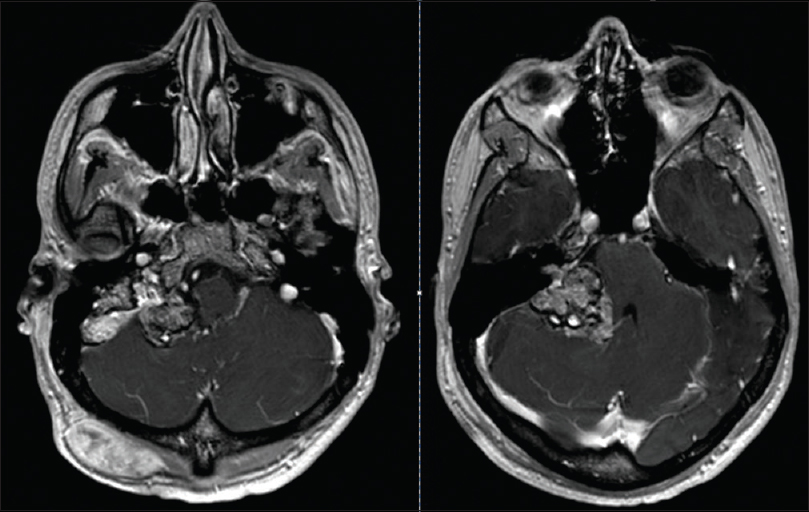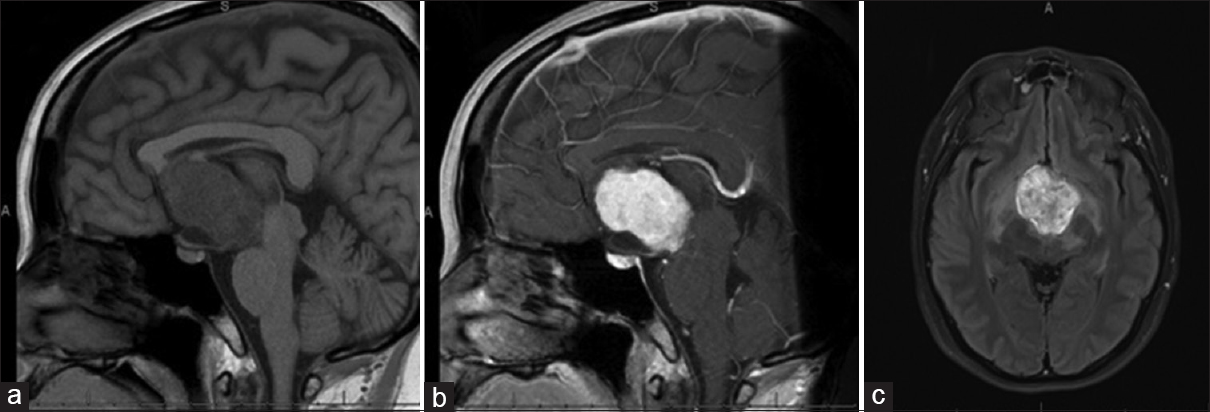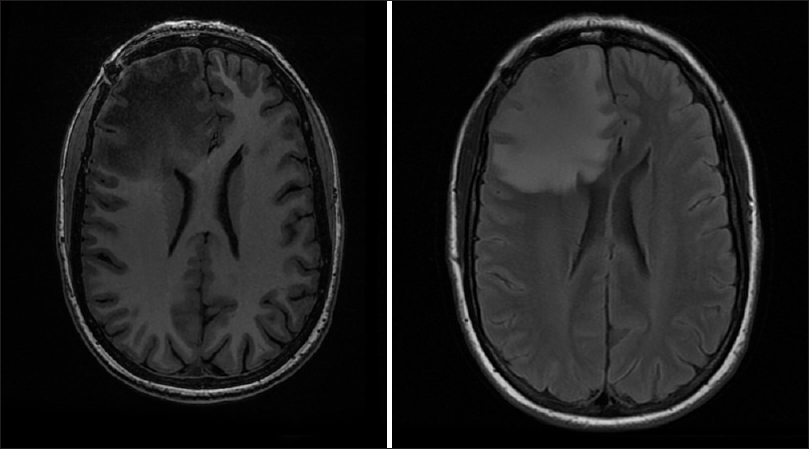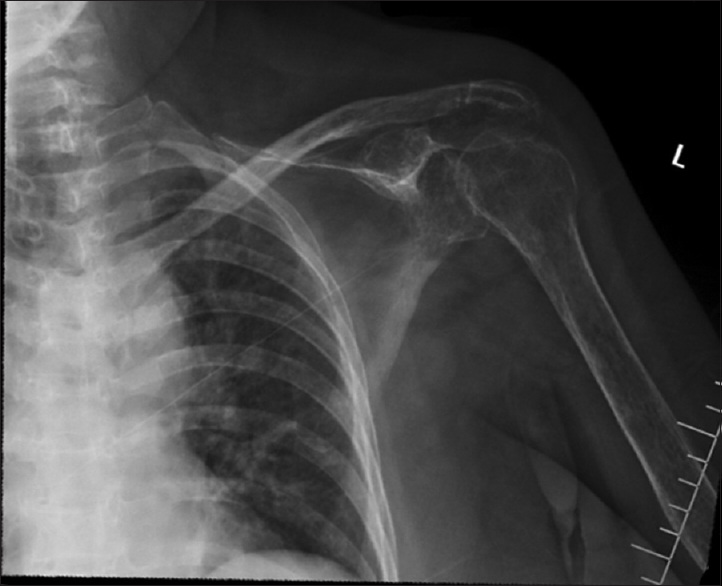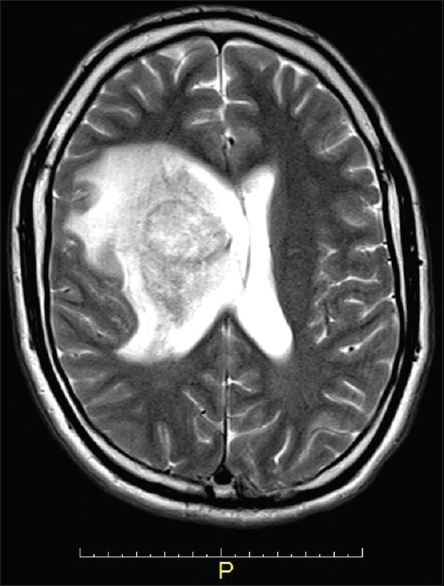Accelerated recovery of sensorimotor function in a dog submitted to quasi-total transection of the cervical spinal cord and treated with PEG
Date of publication: 19-Sep-2016
Background:A case report on observing the recovery of sensory-motor function after cervical spinal cord transection.
Image guidance in skull base tumor resection: A synergistic approach using intraoperative navigated angiosonography for real-time vessel visualization
Date of publication: 13-Sep-2016
Metabolic syndrome and the hepatorenal reflex
Date of publication: 13-Sep-2016
Abstract
Insufficient hepatic O2 in animal and human studies has been shown to elicit a hepatorenal reflex in response to increased hepatic adenosine, resulting in stimulation of renal as well as muscle sympathetic nerve activity and activating the renin angiotensin system. Low hepatic ATP, hyperuricemia, and hepatic lipid accumulation reported in metabolic syndrome (MetS) patients may reflect insufficient hepatic O2 delivery, potentially accounting for the sympathetic overdrive associated with MetS. This theoretical concept is supported by experimental results in animals fed a high fructose diet to induce MetS. Hepatic fructose metabolism rapidly consumes ATP resulting in increased adenosine production and hyperuricemia as well as elevated renin release and sympathetic activity. This review makes the case for the hepatorenal reflex causing sympathetic overdrive and metabolic syndrome in response to exaggerated splanchnic oxygen consumption from excessive eating. This is strongly reinforced by the fact that MetS is cured in a matter of days in a significant percentage of patients by diet, bariatric surgery, or endoluminal sleeve, all of which would decrease splanchnic oxygen demand by limiting nutrient contact with the mucosa and reducing the nutrient load due to the loss of appetite or dietary restriction.
Do corticosteroids play a role in the management of traumatic brain injury?
Date of publication: 13-Sep-2016
Abstract
Neuroprotective strategies for the medical management of traumatic brain injury (TBI) have been elusive. While laboratory studies provide a conceptual framework for the potential efficacy of corticosteroids in this context, clinical trials testing this hypothesis have yielded no convincing evidence of clinical benefit. Here, we review the five key randomized control trials (RCTs) that have examined this issue. Based on the proposed primary endpoints of these RCTs, the five RCTs consistently showed that corticosteroids do not confer significant benefit in the TBI population.
Multifocal melanocytoma of the posterior fossa and subcutaneous scalp in the absence of neurocutaneous melanosis
Date of publication: 01-Sep-2016
Background:Primary leptomeningeal melanocytic neoplasms of the central nervous system are rare. Multifocal lesions typically occur in the setting of cutaneous melanosis. We present the first report of a posterior fossa melanocytoma and subcutaneous melanocytoma of intermediate grade in the absence of cutaneous melanosis.
Suprasellar epithelioid hemangioendothelioma: Case report and review of the literature
Date of publication: 01-Sep-2016
Background:Epithelioid hemangioendothelioma (EHE) is a rare sarcoma of vascular origin, which is clinically and histologically intermediate between benign hemangioma and angiosarcoma. It is most commonly found in the liver, lung, and bone, however, 46 intracranial cases have been reported in the literature, of which this is the fifth reported suprasellar tumor.
Brain metastases from breast cancer during pregnancy
Date of publication: 01-Sep-2016
Background:Brain metastasis during pregnancy is a rare occurrence. In particular, there have only been three prior cases regarding breast cancer metastasis. We report a patient with breast cancer metastasis to the brain during pregnancy and review the literature.
Ollier disease with anaplastic astrocytoma: A review of the literature and a unique case
Date of publication: 01-Sep-2016
Background:Ollier disease is a rare, nonfamilial disorder that primary affects the long bones and cartilage of joints with multiple enchondromas. It is associated with a higher risk of central nervous system (CNS) malignancies; although the incidence is unknown.
Lymphomatoid granulomatosis of the brain: A case report
Date of publication: 01-Sep-2016
Background:Lymphomatoid granulomatosis is a rare disorder of the central nervous system (CNS) with few cases being reported in literature. We present the case of an adult with an unusual lesion of the CNS who presented with motor seizures and was diagnosed with lymphomatoid granulomatosis, followed by a discussion of the process of evaluation and management.



